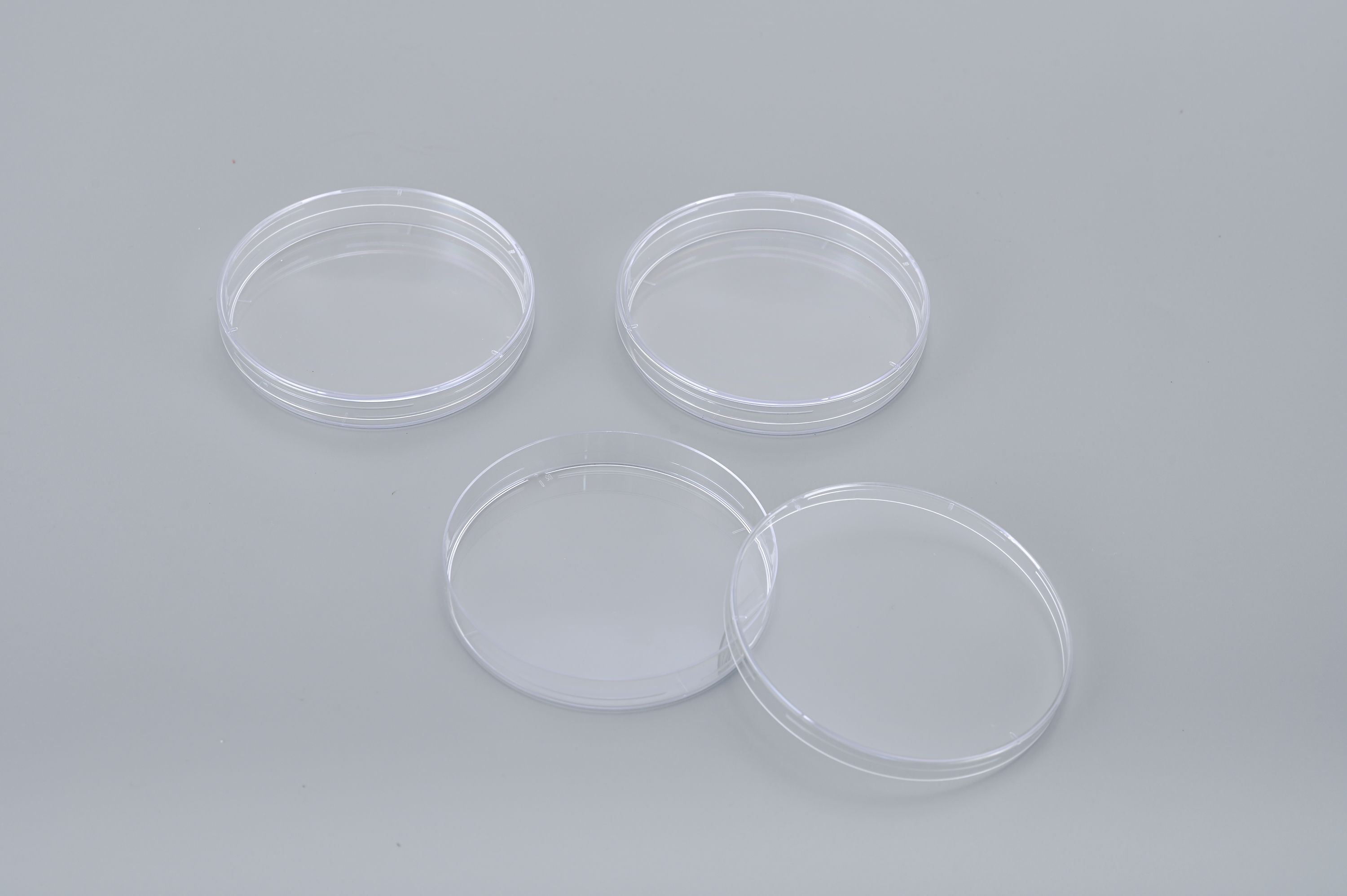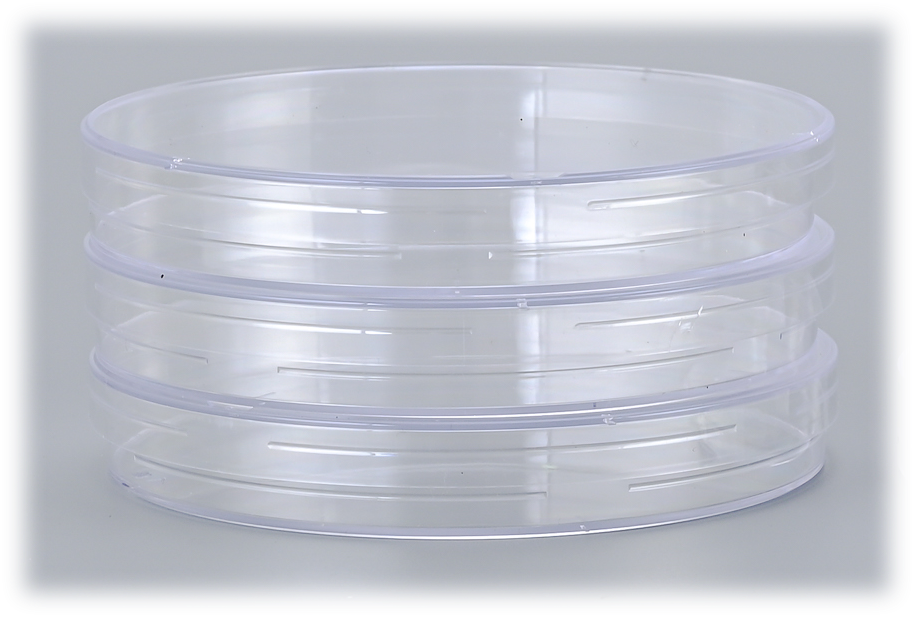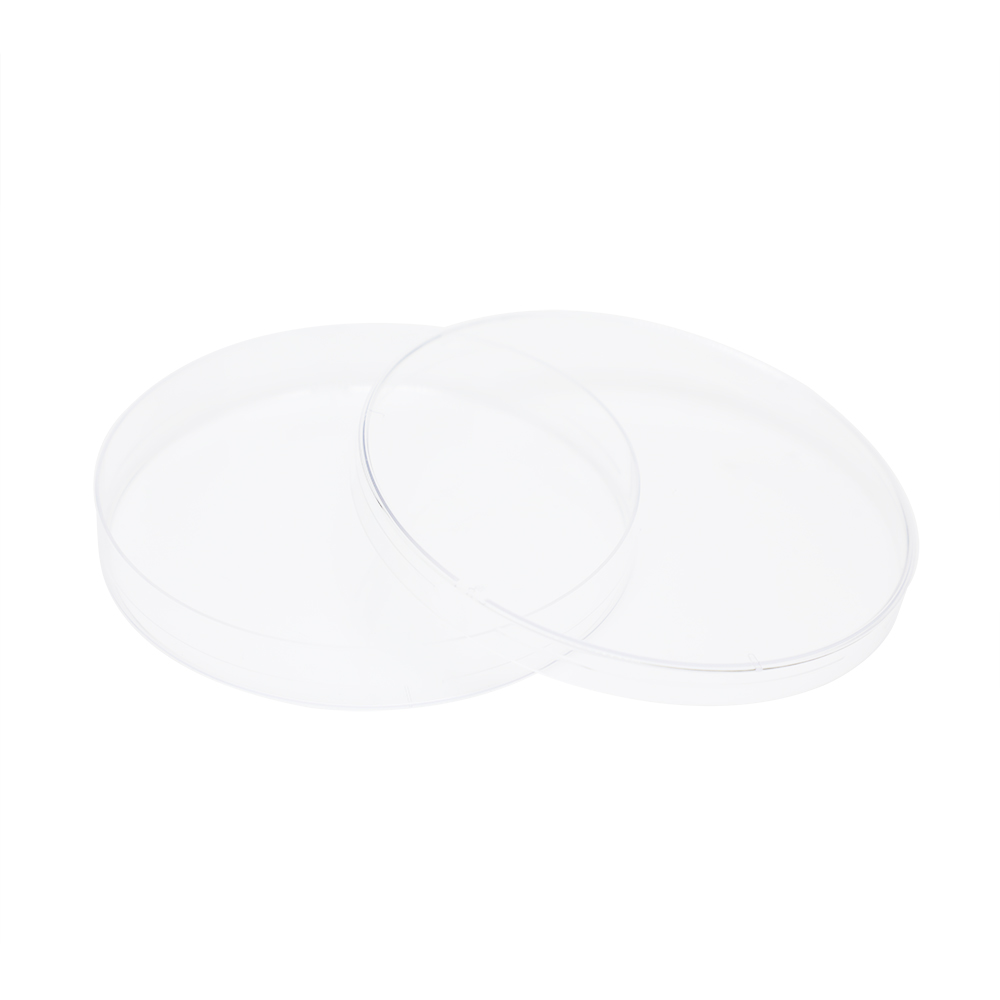Introduction to Petri Dishes
Petri dishes, also known as Petri plates or cell-culture dishes, were invented by German bacteriologist Julius Richard Petri in 1887. These dishes are made of glass or plastic and have a lid to prevent contamination from external sources. Petri dishes provide a controlled environment for the growth of microorganisms, allowing scientists to study their characteristics and behavior.
Applications of Petri Dishes
1. Microbial Culture: One of the primary uses of Petri dishes is for microbial culture. Microorganisms, such as bacteria, fungi, and viruses, can be grown on agar or other growth media within the Petri dish. This allows researchers to study the morphology, growth patterns, and interactions of these microorganisms.
2. Antibiotic Sensitivity Testing: Petri dishes are also used for antibiotic sensitivity testing. By placing different antibiotics on the surface of the agar, scientists can observe the growth or inhibition of specific microorganisms. This helps in determining the most effective antibiotic treatment for infections.
3. Environmental Monitoring: Petri dishes are employed in environmental monitoring to assess the presence of microorganisms in various settings. Samples can be collected from air, water, or surfaces and then cultured in Petri dishes to identify and quantify the microbial population. This information is crucial for assessing the cleanliness and safety of environments such as hospitals, food processing facilities, and public spaces.
4. Research and Development: Petri dishes play a vital role in research and development across various scientific disciplines. They are used to study the growth and behavior of cells, tissues, and microorganisms. Petri dishes are also utilized in genetic engineering, drug discovery, and vaccine development.
Types of Petri Dishes
1. Glass Petri Dishes: Glass Petri dishes are the traditional choice for laboratory use. They are reusable, transparent, and resistant to heat and chemicals. Glass Petri dishes are ideal for long-term experiments and can withstand sterilization processes such as autoclaving.
2. Plastic Petri Dishes: Plastic Petri dishes are disposable and cost-effective. They are commonly used in routine laboratory work and are available in various sizes and designs. Plastic Petri dishes are convenient for fieldwork and experiments that require large quantities of dishes.
3. Sterile Petri Dishes: Sterile Petri dishes are pre-sterilized and individually wrapped to maintain their sterility. These dishes are essential for experiments that require aseptic conditions to prevent contamination. Sterile Petri dishes are commonly used in clinical laboratories and medical facilities.
Handling and Care of Petri Dishes
Proper handling and care of Petri dishes are crucial to obtain accurate and reliable results. Here are some important guidelines to follow:
1. Sterilization: Before use, Petri dishes should be sterilized to eliminate any existing microorganisms. This can be achieved through autoclaving, dry heat sterilization, or chemical sterilization methods. Sterilization ensures that only the desired microorganisms are cultured in the dish.
2. Aseptic Technique: When working with Petri dishes, it is essential to maintain aseptic conditions to prevent contamination. This includes working in a clean and controlled environment, using sterile tools and equipment, and wearing appropriate protective gear such as gloves and lab coats.
3. Proper Storage: Petri dishes should be stored in a clean and dry environment to maintain their integrity. They should be kept away from direct sunlight, extreme temperatures, and moisture. Storing Petri dishes in airtight containers or plastic bags can help prevent contamination.
4. Disposal: Disposable Petri dishes should be properly disposed of after use. They should be placed in designated biohazard waste containers to ensure safe disposal and prevent the spread of potentially harmful microorganisms.
Conclusion
Petri dishes are indispensable tools in microbiology and laboratory research. Their versatility and ease of use make them essential for studying microorganisms, conducting experiments, and developing scientific advancements. By providing a controlled environment for microbial growth, Petri dishes enable scientists to gain valuable insights into the world of microorganisms. Understanding the different types of Petri dishes, their applications, and proper handling techniques is crucial for obtaining accurate and reliable results in scientific research. So, next time you observe a Petri dish in a laboratory, remember its significance in unraveling the mysteries of the microscopic world.
Related Products



